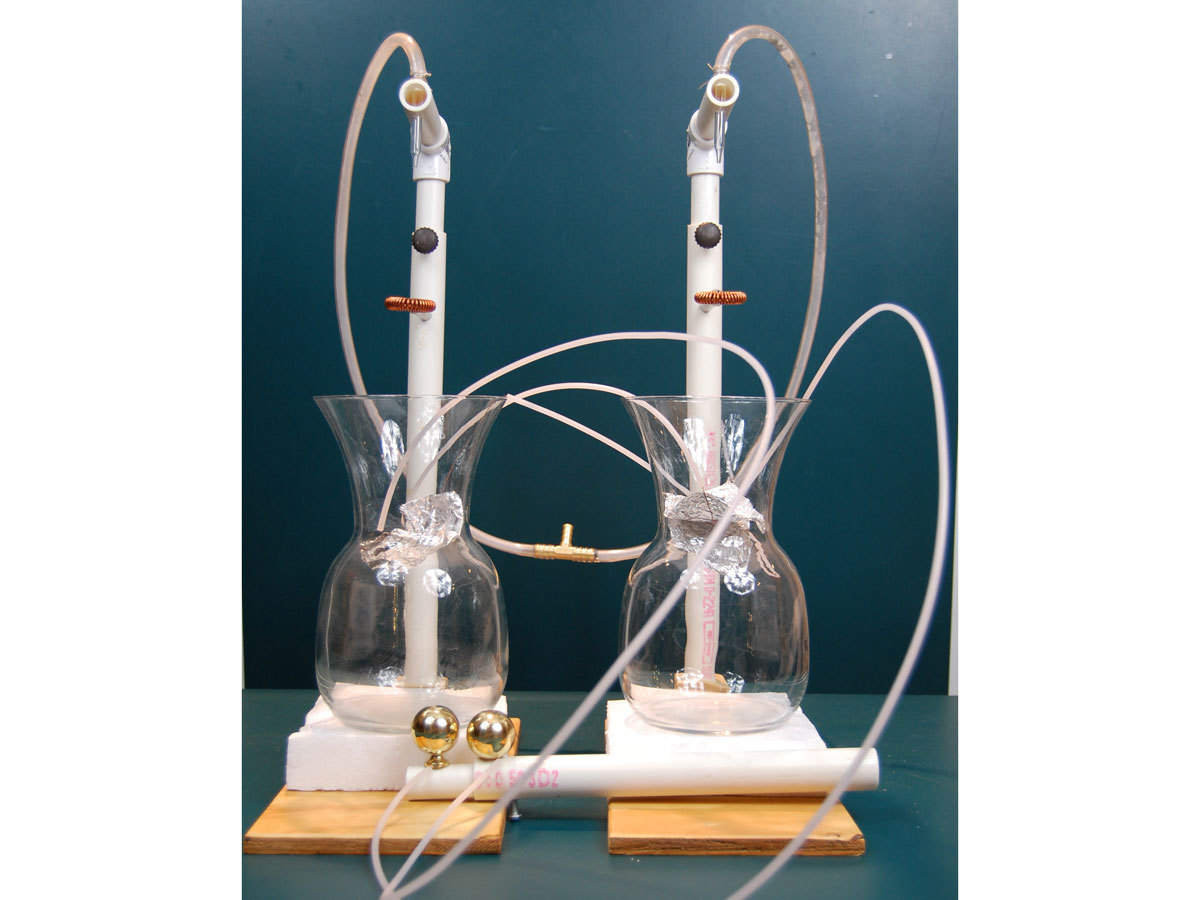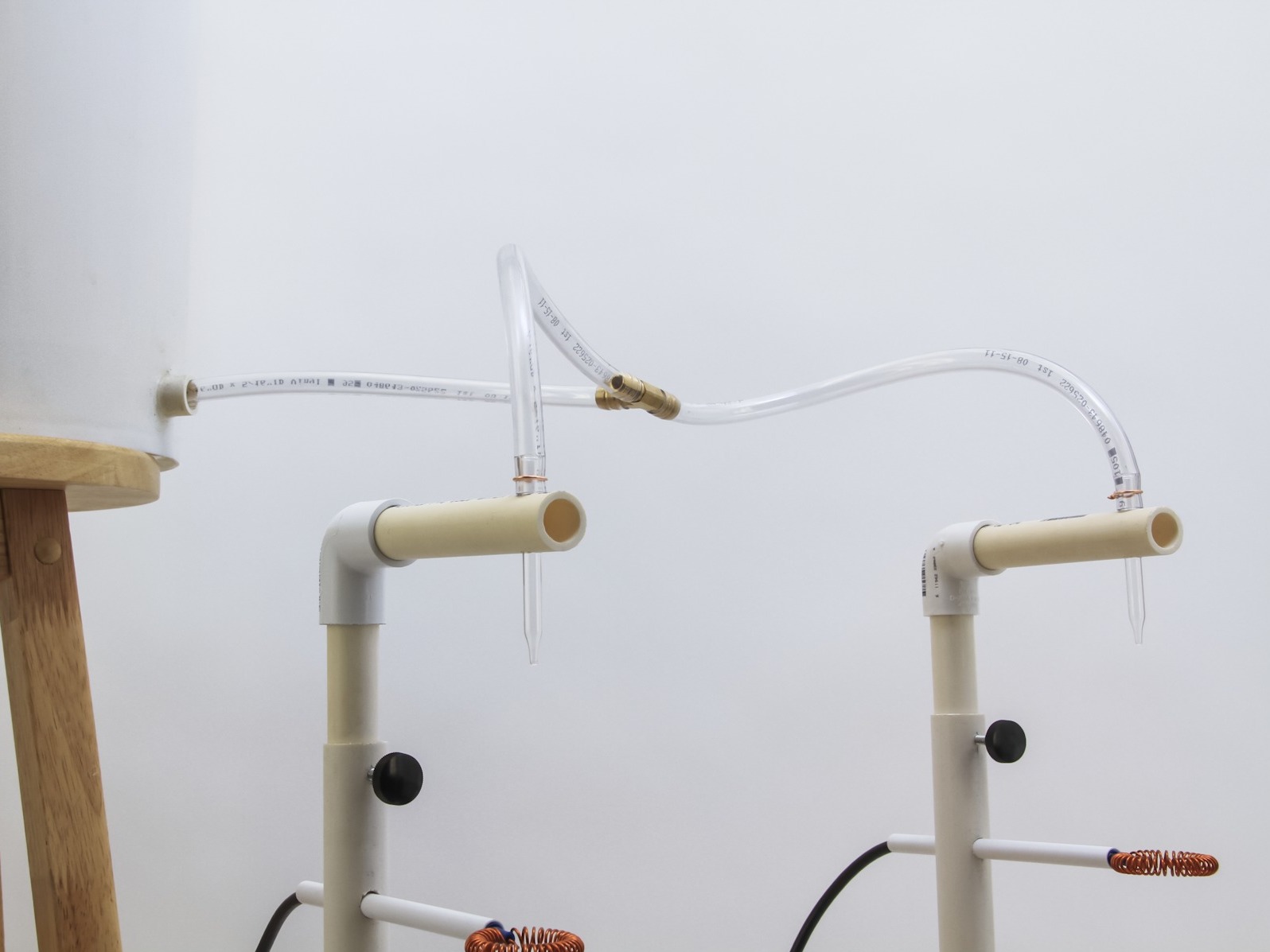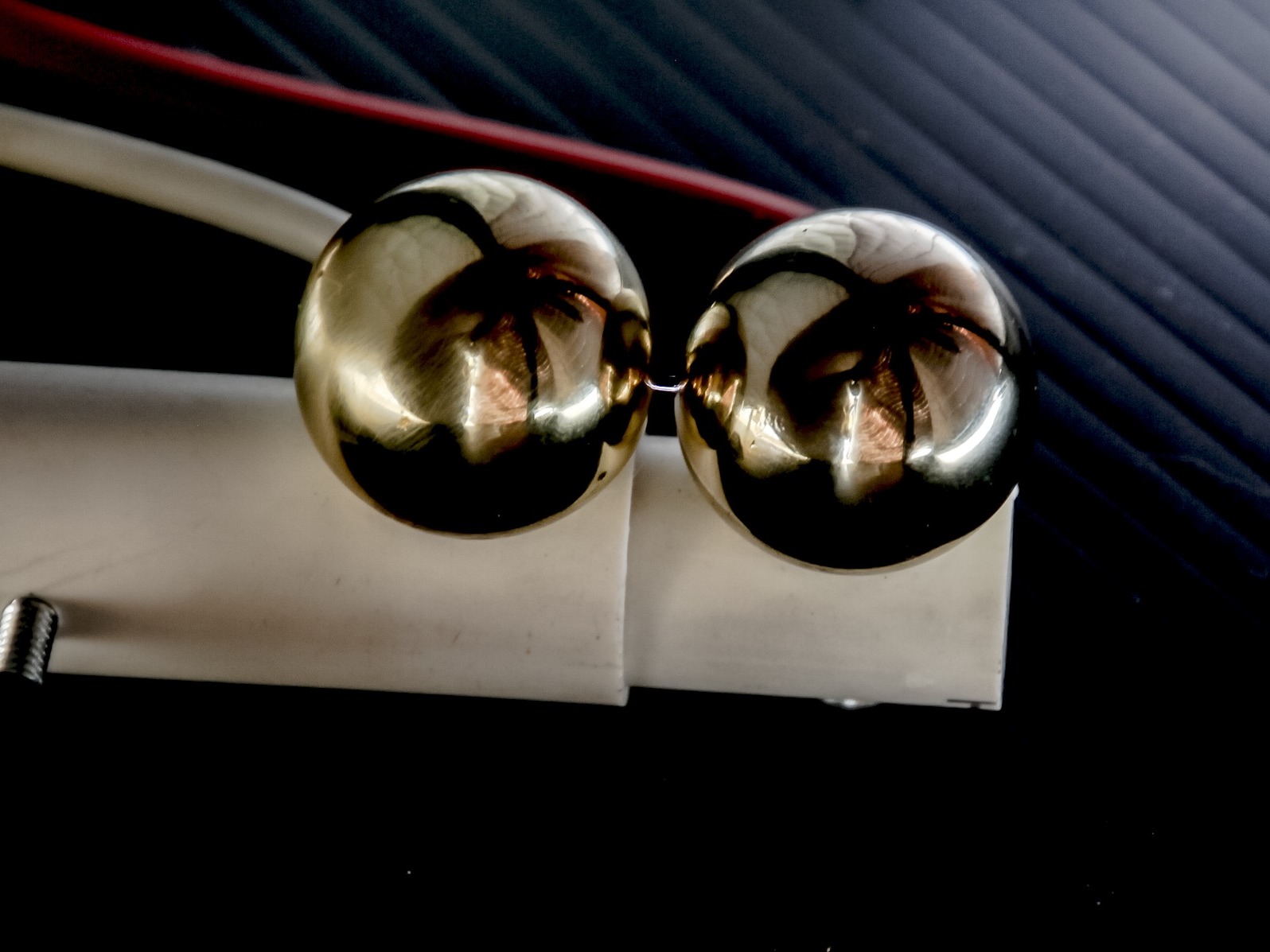
With a few household items and a trip to the hardware store, you can whip up one of the all-time favorite projects of science experimenters: Lord Kelvin’s Thunderstorm, a high-voltage electric generator that uses nothing but dripping water as its source of energy.
It’s cheap to build, and perfect for anyone who loves to experiment because it can be made from a wide variety of materials once the basic configuration is understood.
Most importantly, you have a chance to contribute to the understanding of this fascinating effect and improve on technology that one day may spawn alternative energy sources, such as wind generators that don’t have moving blades or rotors. Building Lord Kelvin’s generator doesn’t take a big research budget, and its “open source” design plays into the hands of makers with ingenuity.
How It Works
Perhaps best known as Lord Kelvin for his scale of absolute temperature, Sir William Thomson was an Irish-Scottish physicist and mathematician who in 1867 invented what he called his “water-dropping condenser.” Kelvin’s electrostatic contraption generates voltage differences from falling streams of water, similar to the way charged water droplets in a thundercloud generate the static discharges we see as lightning.
The basic setup is 2 streams of water that flow through 2 hollow electrical inductors, and 2 catch basins that capture the falling water. Each basin is connected to the inductor on the opposite water stream (Figure A, following page).
With gravity as the energy source, the water drops carry electric charges down to the basins, where the electric potential continues to rise until either a spark of electricity jumps across an air gap or it leaks away unnoticed at any sharp edges of the device. My favorite explanation of the phenomenon is by MIT physics professor Walter Lewin (see Resources). It goes like this:
Let’s say inductor A, by chance, has a slight positive charge. The inductor polarizes the water falling through it, giving each drop a negative charge. These drops fall into basin A, charging it negatively. Now it gets interesting: basin A, remember, is connected to inductor B, giving it a negative charge as well.
Once negatively charged, inductor B polarizes its water stream too, giving its drops a positive charge. These positive drops fall into basin B, charging it positively, and basin B in turn adds its positive charge back to inductor A.
The cycle becomes a runaway positive feedback loop, increasing the charges in both basins exponentially until the potential difference is so great (up to 20kV) that a spark jumps the spark gap between basins.
Given its simplicity, Lord Kelvin’s Thunder-storm can be made from a myriad of materials. A quick survey of YouTube shows generators made from styrofoam plates, soda straws, aluminum foil, and soup cans.
My design takes a little more time and care to build than one fashioned from soda straws, but the maker is rewarded with a generator that can be used to conduct reproducible, measurable experiments, including a remarkable phenomenon where water drops orbit the inductor like tiny satellites.






















